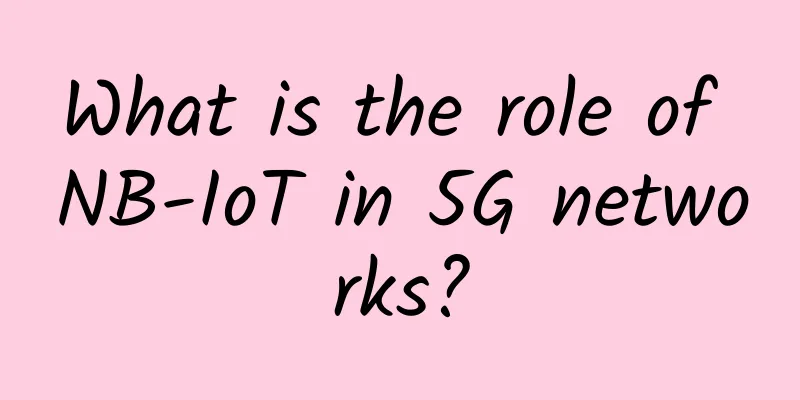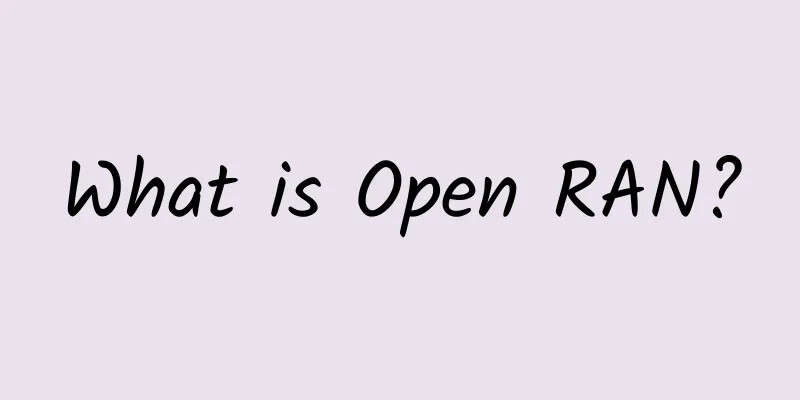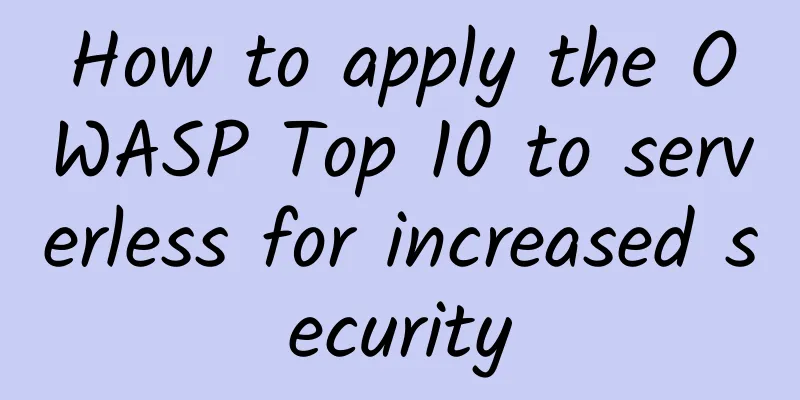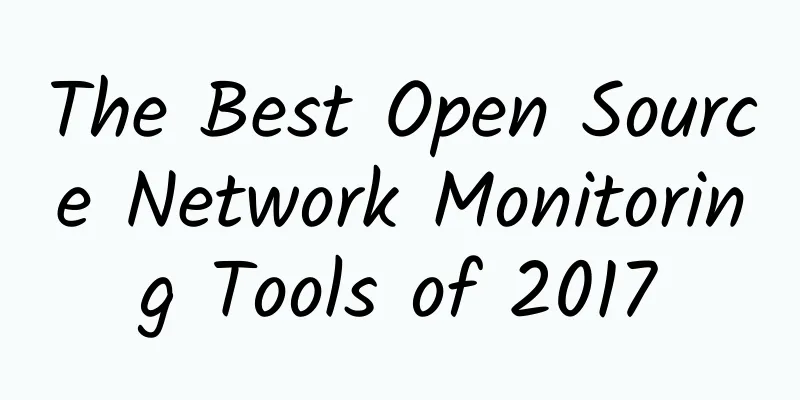What is the role of NB-IoT in 5G networks?

|
Exploring the role of narrowband IoT in 5G networks requires understanding how these two different technology standards ultimately complement each other. Let’s look at what NB-IoT and 5G are, and then see how they work together in future wireless IoT deployments.
What is NB-IoT? The NB-IoT standard was formally developed by the 3rd Generation Partnership Project (3GPP) and currently operates on LTE cellular networks. It is a niche technology suitable for low-power, wide-area use cases in indoor environments. The purpose of this standard is to enable low-cost, battery-powered IoT devices to connect and transmit small amounts of data in a bulk transmission scheme. The goal for some battery-powered IoT devices is to make them last up to 10 years without maintenance. To this end, NB-IoT was developed with absolute energy efficiency in mind. However, the technology achieves this goal at the expense of throughput and real-time data transmission. When using the latest LTE Cat-NB2 technology (upgraded from LTE Cat-NB1 to the 3GPP Release 14 specification), the technology limits the uplink bandwidth to a maximum of 159Kbps. In addition, the narrowband in NB-IoT means that IoT devices use a single frequency band to connect and transmit data. Again, this is to protect the battery power of IoT devices. What will a mature 5G network look like? 5G is the next evolution of broadband cellular technology. The technology builds on 4G and LTE and improves performance, latency, and device density. As new mobile devices, such as Apple's iPhone 12, begin to use 5G-enabled wireless chips, U.S. carriers such as AT&T, T-Mobile, and Verizon are upgrading their networks to 5G technology. 5G will also be deployable as a private mobile computing network. With the FCC’s opening of space in the Citizens Broadband Radio Service spectrum, businesses can deploy their own 5G networks to cover large buildings, manufacturing plants, and campus environments where traditional Wi-Fi deployments are not ideal. Bringing NB-IoT to 5G Networks NB-IoT is currently being brought into the 5G era. In July, the International Telecommunication Union confirmed 3GPP NB-IoT as an officially supported standard. This means that compared with older cellular technologies, NB-IoT networks should have improved bandwidth performance, higher density of connected devices, and lower latency. Therefore, NB-IoT is expected to become a viable deployment option for both operator 5G and privately deployed 5G networks. |
Recommend
“Unlimited” is just a cover. Which data card is the most cost-effective?
In order to use more affordable mobile data, I be...
80VPS 50% off all VPS, Hong Kong CN2 line KVM monthly payment starts from 45 yuan
80VPS has launched a 50% discount coupon this mon...
Huawei's Smart City Nervous System shines at CIIE
From August 21st to 23rd, the 2018 (4th) China Sm...
The Heart of Smart Devices: Understanding Semiconductor Sensors
At the heart of smart devices lies a complex worl...
Top 10 Cyber Threats to Private 5G/LTE Networks
We all want devices to communicate with each othe...
"Building Intelligent Computing Power to Empower the Digital Economy"——2021 Ascend AI Server Product Launch Conference Successfully Held in Beijing
Spring brings blessings, and everything is glorio...
HostMayo: $2.5/month-1GB/20G SSD/unlimited traffic/Los Angeles data center
I searched the blog and found that the earliest i...
Yecao Cloud's New Year's Big Offer: Hong Kong VPS annual payment starts from 138 yuan, Hong Kong dedicated server starts from 299 yuan/month
Yecaoyun has announced a huge discount event for ...
Friendhosting Halloween 30% off, 13 data center VPS monthly payment from 2.1 euros
Friendhosting has launched this year's Hallow...
Discussion on 5G network construction plan
Labs Summary This paper proposes a 5G network arc...
IDC: Global Ethernet switch market achieved strong organic growth in the third quarter
[[439625]] According to IDC's Global Ethernet...
RackNerd June Promotion: 1.5G memory VPS annual payment starts at $15.78, multiple data centers in San Jose/Seattle, etc.
RackNerd released a promotional package for June,...
Germany to remove Huawei equipment from its 5G mobile network
Germany plans to completely remove Chinese-made c...
Ruijie Cloud Desktop supports Beijing's COVID-19 fight
Imported from abroad, confirmed locally, the sudd...
6G will usher in a new era for all industries
At this early stage, 6G wide-area wireless has fe...









![[Double Holiday] Megalayer Hong Kong CN2 server 399 yuan/month, Hong Kong/US high-end VPS/8 cores, 16G memory, 240G SSD, 3IP, starting from 199 yuan/month](/upload/images/67cabc7f2ce1c.webp)